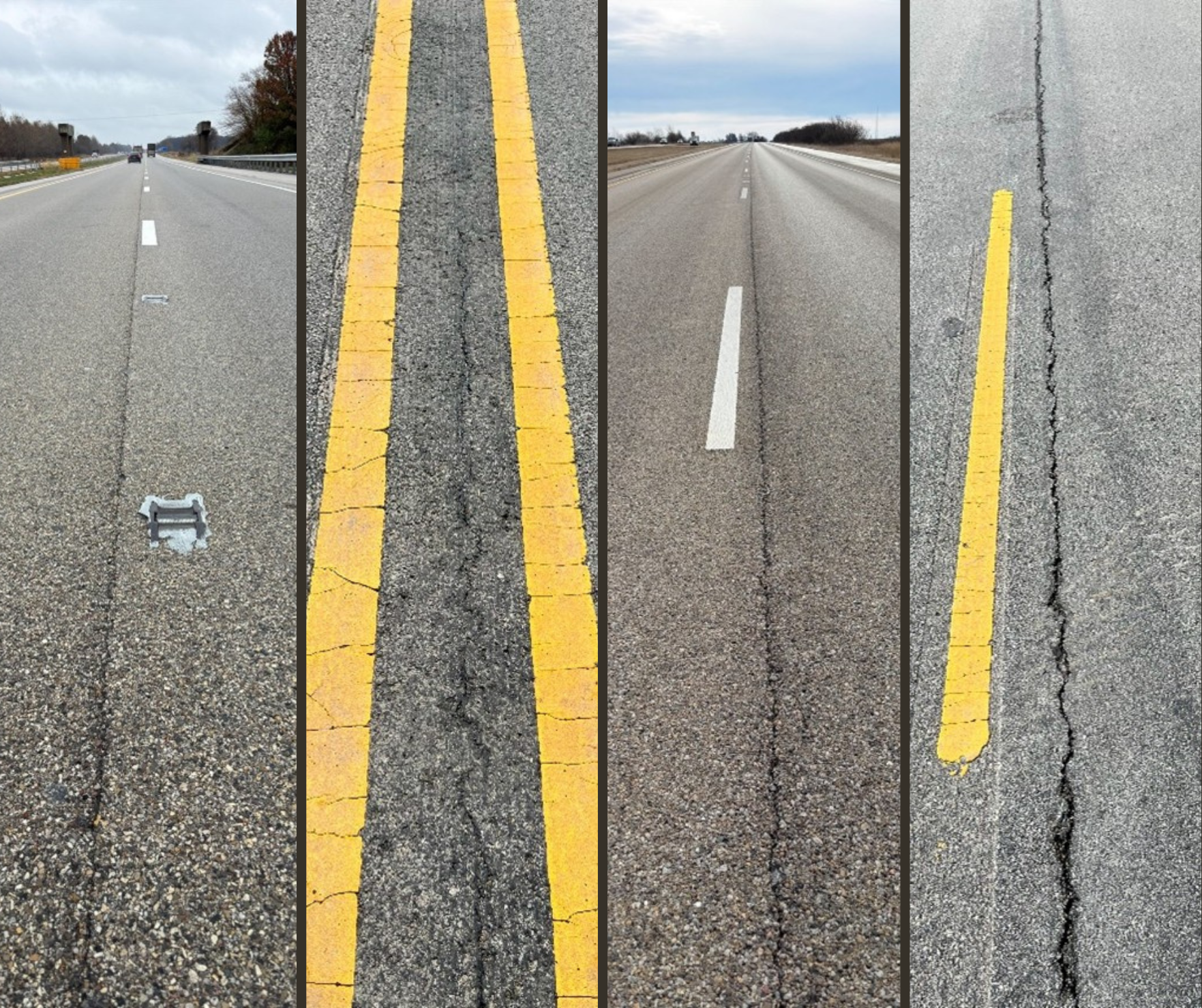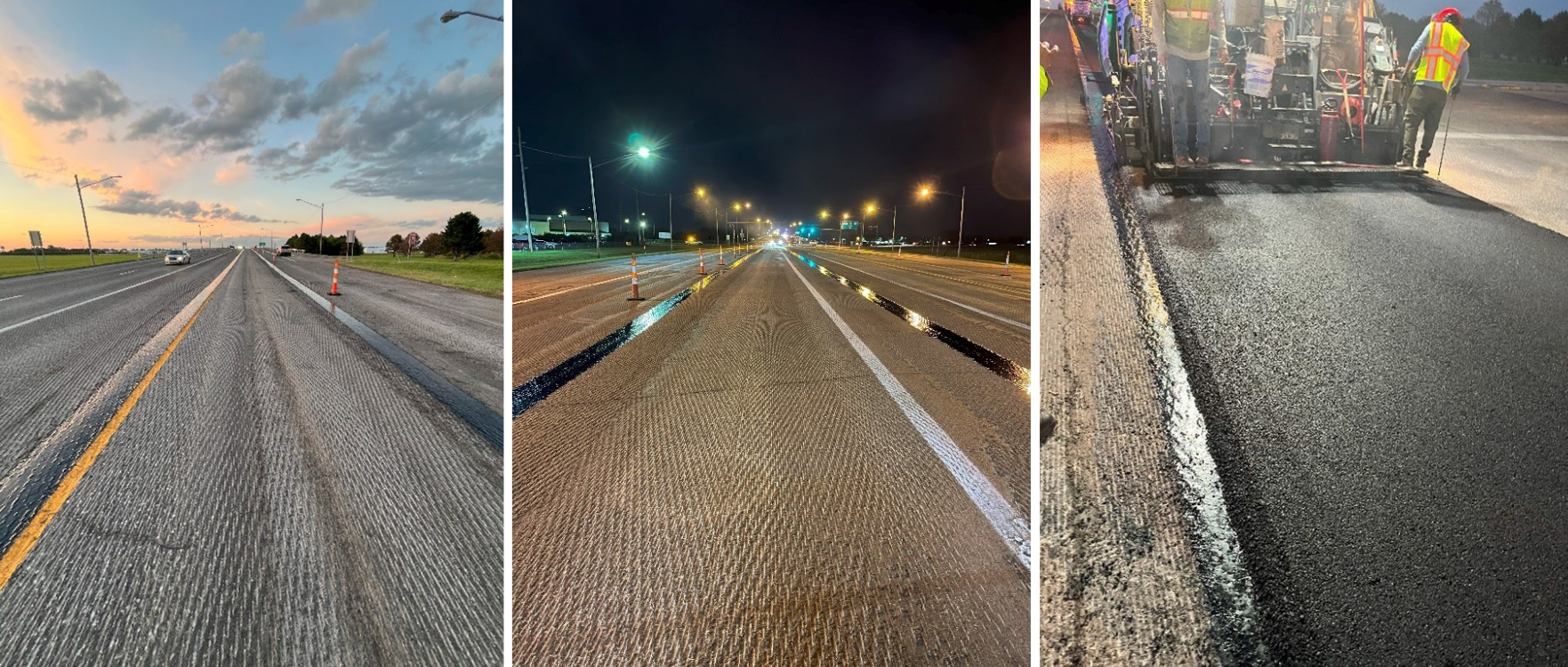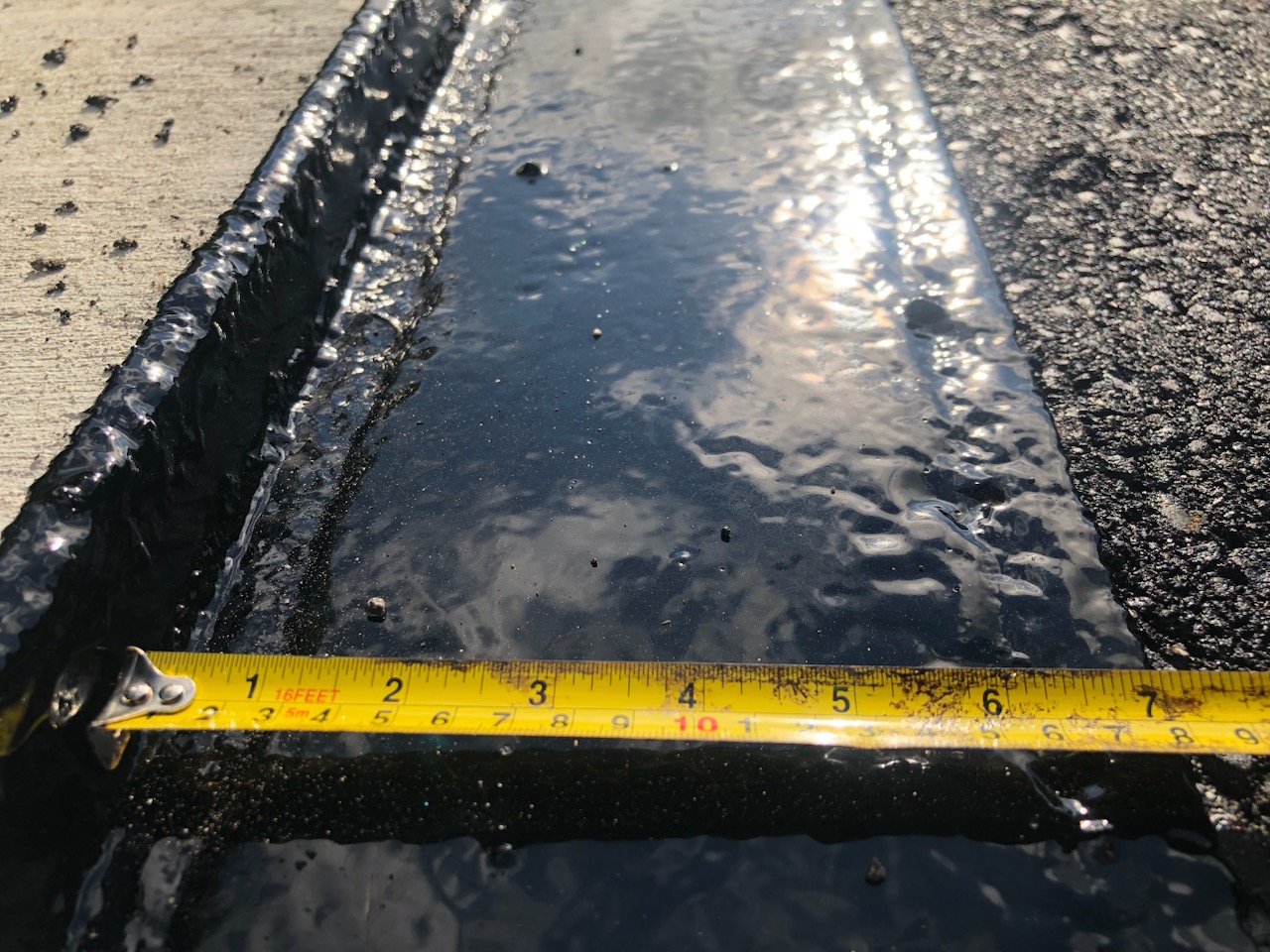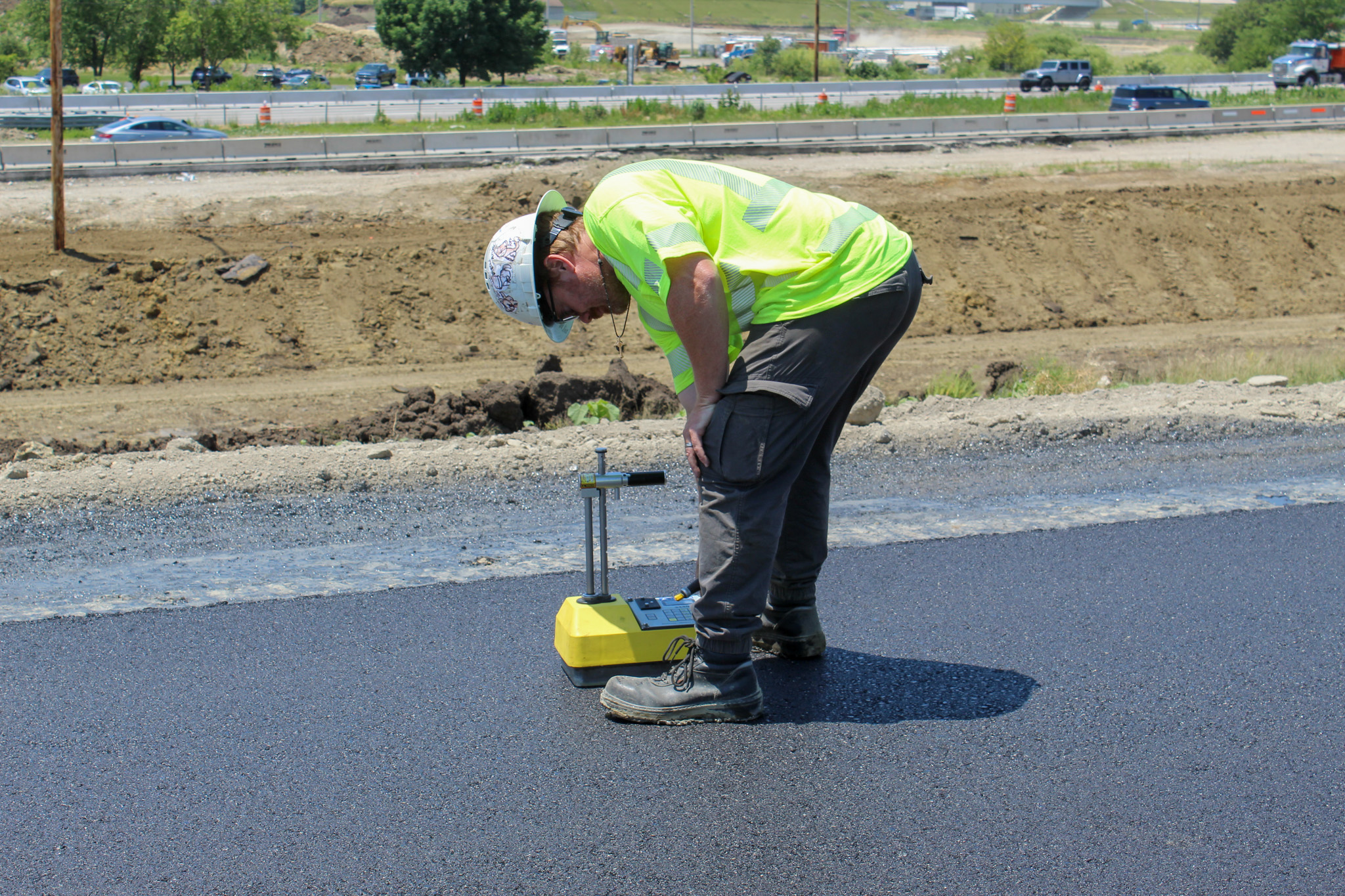The City of Mesa has taken a bold step toward reimagining roadway reconstruction in Arizona. Their recent work on Southern Avenue, between Gilbert and Vel Vista Drive, earned the 2025 Best in Arizona, Local City Agency Award in Sustainability and Innovative Reconstruction—a testament to Mesa’s commitment to forward-thinking infrastructure solutions. A...






